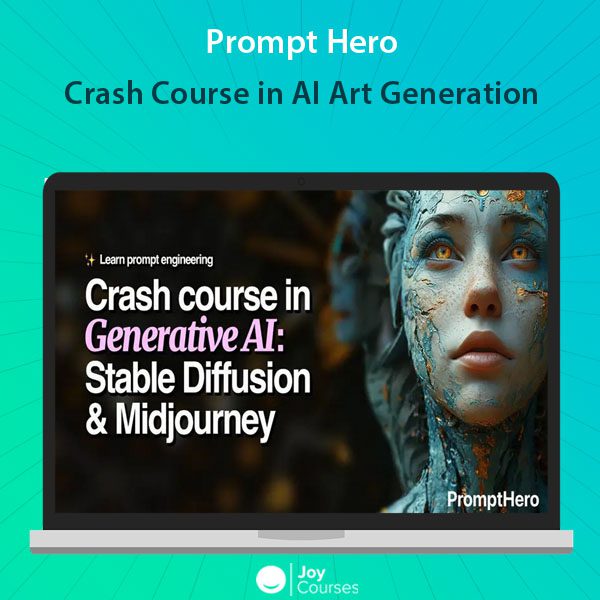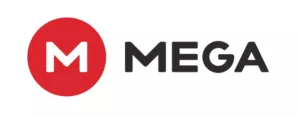Description
Download Proof | Prompt Hero – Crash Course in AI Art Generation (822.3 MB)
![]()

Prompt Hero – Crash Course in AI Art Generation
Introduction
Artificial Intelligence (AI) has transformed numerous industries, and the world of art is no exception. AI Art Generation uses advanced algorithms and neural networks to create unique and often surreal artworks. This crash course provides an in-depth introduction to AI-driven art, focusing on the technology behind it, popular tools, and key ethical considerations.
Understanding AI Art Generation
AI art generation relies on neural networks, particularly Generative Adversarial Networks (GANs) and Variational Autoencoders (VAEs):
- GANs, developed by Ian Goodfellow in 2014, consist of two networks: a generator and a discriminator. The generator creates images, while the discriminator evaluates their authenticity, forcing the generator to improve its output over time.
- VAEs focus on learning the structure of input data, generating novel artwork from the information they have learned.
These architectures allow AI systems to produce diverse, visually striking works that mimic various artistic styles.
Popular AI Art Tools
Several tools have democratized AI art creation for both artists and enthusiasts:
- DeepDream by Google transforms ordinary images into surreal, dreamlike visuals.
- RunwayML offers a user-friendly platform that enables artists to use pre-trained AI models for creating artworks with minimal coding.
- StyleGAN, a GAN-based tool, is known for generating highly customizable and realistic images that can be manipulated for artistic purposes.
Creating AI Art
To generate AI art, users typically start by selecting a base image or style, which could be an existing artwork, photo, or random image. The AI model processes the input, incorporating stylistic elements from the base, and produces a unique output. By adjusting parameters and experimenting with different inputs, artists can create an endless variety of artworks that stretch traditional creative boundaries.
Ethical Considerations
With the rise of AI-generated art, new ethical questions emerge:
- Copyright and Ownership: Who owns the rights to AI-generated art—the user, the programmer, or the AI itself?
- Fair Use and Attribution: Clear guidelines need to be developed to ensure fair usage and proper attribution of AI-generated content.
Artists, technologists, and policymakers must collaborate to ensure responsible AI art creation and avoid potential misuse.
Challenges and Limitations
While AI art generation has made significant strides, it faces several challenges:
- Bias in Training Data: AI models may reflect biases in the data they are trained on, leading to controversial results.
- Interpretability: Understanding the decision-making process behind AI-generated artworks can be difficult, as the neural networks involved are highly complex.
Ongoing research aims to address these issues, making AI-generated art more transparent and reliable.
Future Directions
The future of AI art generation holds exciting possibilities:
- Advancements in AI: With developments in reinforcement learning and unsupervised learning, AI-generated art could become more context-aware and sophisticated.
- New Art Forms: Collaborations between artists and AI systems could result in entirely new art genres, blending human creativity with machine intelligence.
Interdisciplinary collaboration between artists, AI researchers, and ethicists will be essential in shaping a future where human creativity and AI innovation coexist harmoniously.
Conclusion
AI art generation is revolutionizing the creative process, providing unprecedented tools for artists to explore new forms of expression. This crash course has explored the core technologies, tools, ethical challenges, and the exciting future potential of AI in art. As AI continues to grow as a powerful creative force, it is essential to address its ethical implications while embracing the vast possibilities it offers to the artistic community.













